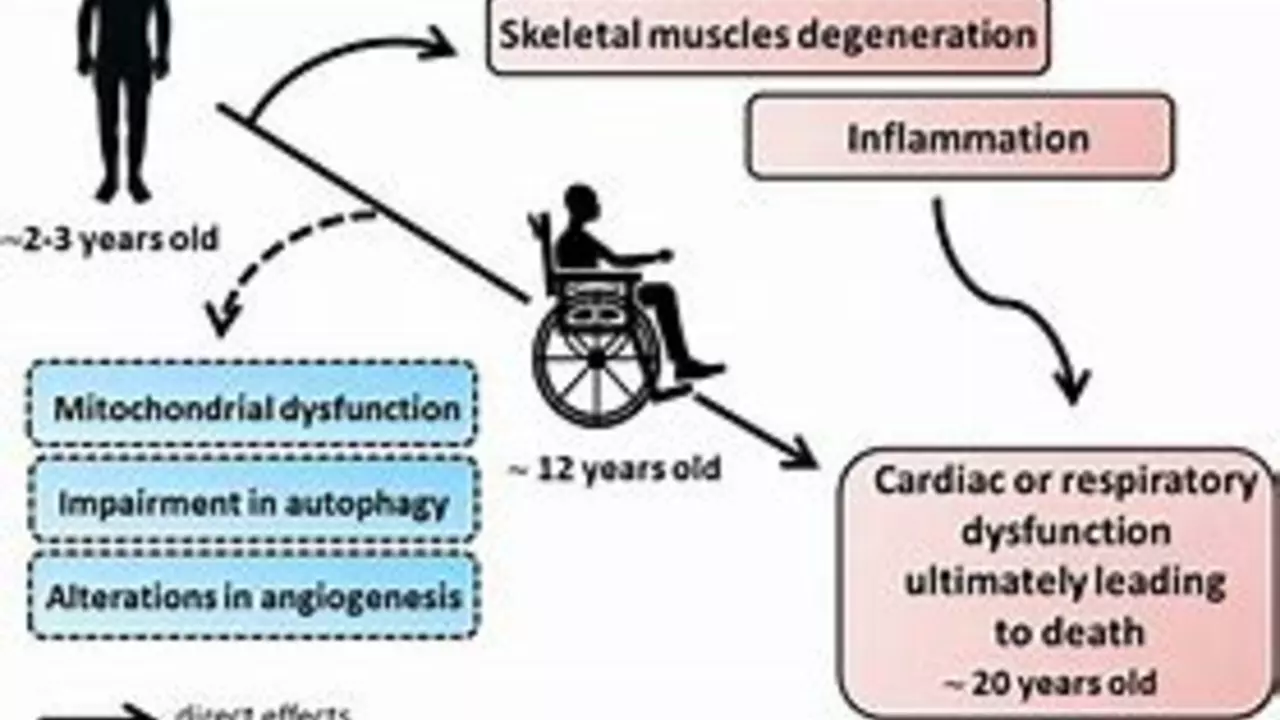End-of-life care: practical steps for comfort, planning, and support
Facing the last months or weeks of life is hard and confusing. You don’t need perfect answers—small, clear steps make a big difference. This page gives hands-on guidance you can use today: how to set care goals, manage symptoms, and find practical help for the person you love and for yourself.
Set goals and handle the paperwork
Start by talking about what matters most. Ask the person: do they want to stay at home, focus on comfort, or try life-prolonging treatments? Write those wishes down. Get an advance directive or living will and name a healthcare proxy so someone can speak for them if they can’t. A POLST or DNR form may be appropriate depending on their condition; your doctor or hospice team can help with that paperwork. Keep copies where caregivers and the primary physician can find them.
When you talk to clinicians, bring two simple questions: what can we expect next, and what treatments will improve comfort versus prolong life? Answers help you make fast, clear choices when things change.
Comfort, meds, and daily care tips
Pain and breathlessness are common. Effective options include oral or IV meds, oxygen, and non-drug methods like positioning and relaxation. Always ask the team to explain each medicine, what it does, and common side effects. Keep a simple log of meds, doses, and when symptoms get better or worse. That log is gold for nighttime emergencies.
Hospice and palliative care are not the same. Palliative care can start early and works alongside treatments to reduce pain and other symptoms. Hospice focuses on comfort when curative care stops and usually includes nursing, social work, spiritual support, and short-term medical equipment. If you want symptom control and home support, call a hospice program to see what they offer—most provide rapid assessments and 24/7 phone support.
Practical caregiving tips: create a bedside checklist (meds, water, phone, charger, tissues), schedule short shifts so no one burns out, and accept simple help—meals, errands, or a few hours of sitting with the person. Train every caregiver on safe moving techniques and where to find emergency contacts. For medication safety, keep prescriptions in one place and dispose of unused meds through a pharmacy take-back or recommended local program.
Emotional care matters. Encourage memory-sharing, short meaningful visits, and quiet presence. Grief begins before death for many people; consider a counselor or support group for both the patient and family members. If the person has specific spiritual needs, a chaplain or community leader can be a big comfort.
If you need local services—hospice, home health, or legal forms—ask your doctor for reliable referrals or search community health listings. You can also find clear medication and care articles on KwikMed to help with choices and safety tips as you go.
These steps won’t remove the hard parts, but they make care clearer and more humane. Small plans and honest conversations bring real relief when time is short.

